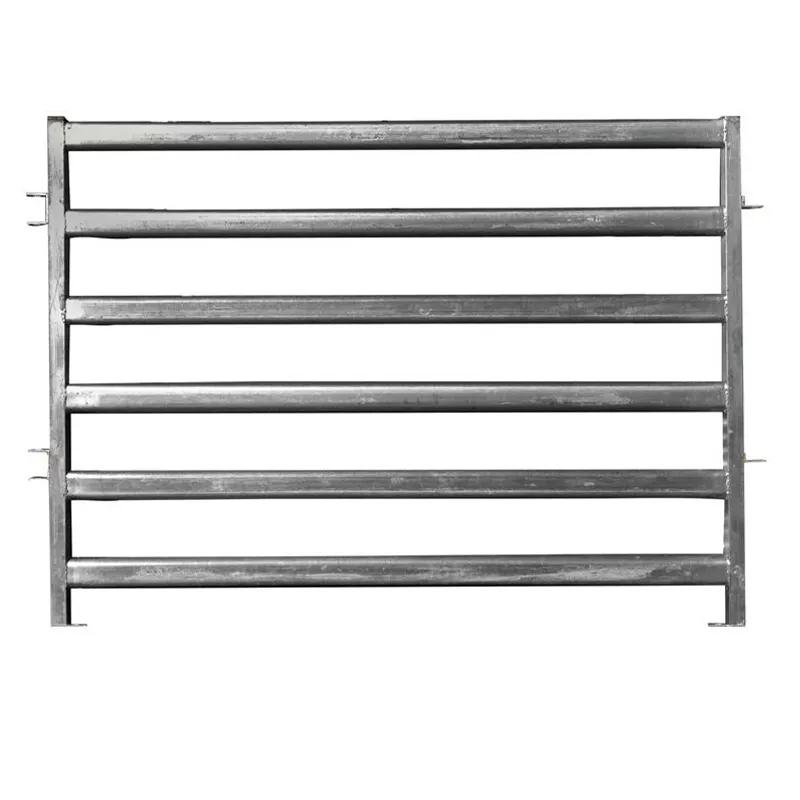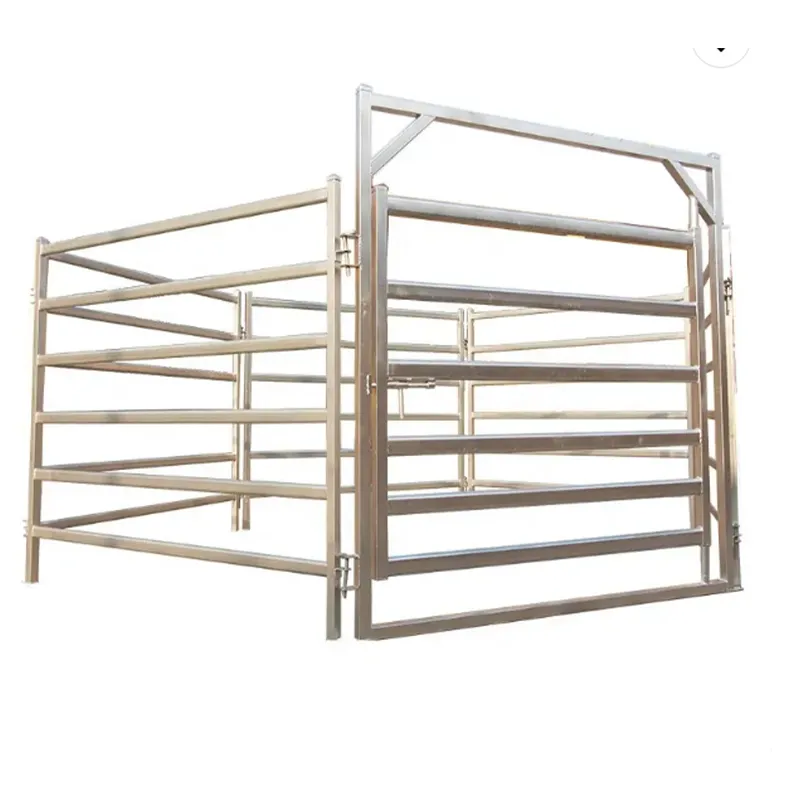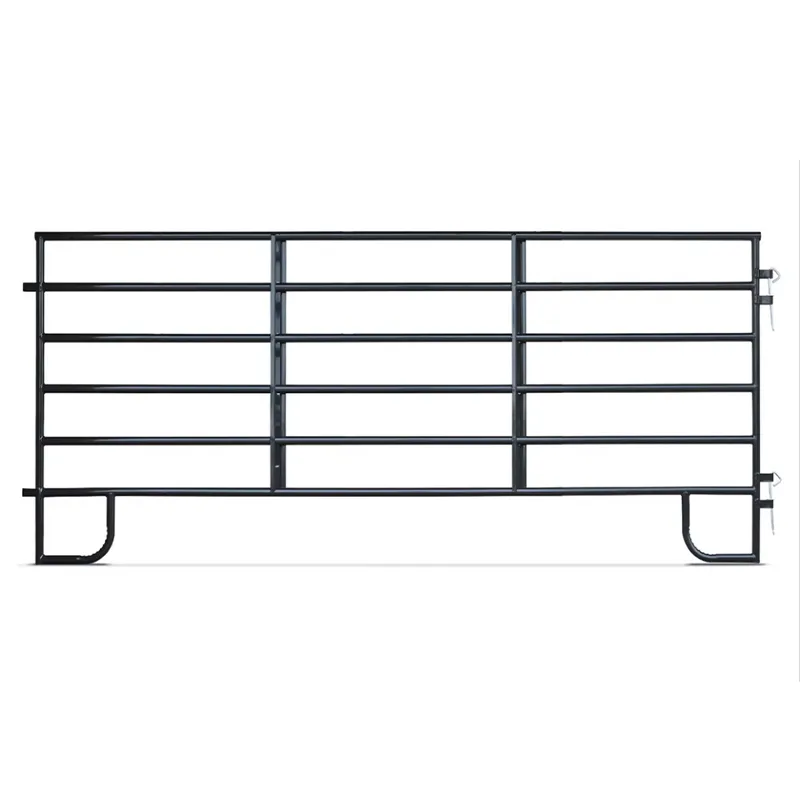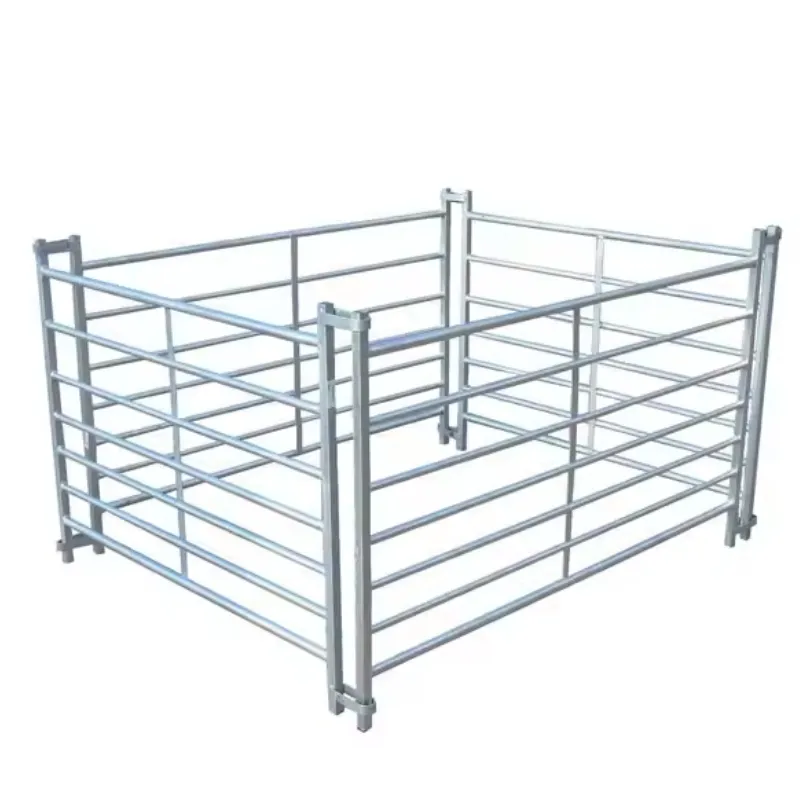Livestock Fence Panel
How Do I Choose The Right Livestock Fence Panel For My Needs?
Choosing the right livestock fence panel involves several considerations to ensure it meets your specific requirements. First, determine the type of livestock you will contain; different animals have varying needs in terms of panel height, spacing, and durability. For example, cattle may require sturdier panels compared to smaller animals like sheep. Next, consider the panel material—galvanized steel is highly durable and resistant to rust, while painted or coated options may offer additional aesthetic appeal but can wear over time. Also, evaluate the spacing between horizontal and vertical wires; tighter spacing is essential for smaller animals to prevent escape. The panel height is another crucial factor; taller panels are necessary for animals known to jump or climb. Additionally, think about the intended use—whether the panels will be permanent fixtures or temporary setups will influence your choice. If you plan to frequently move the panels, lightweight and easily portable options are advisable. Lastly, consider your budget, as prices can vary significantly based on materials and design. By assessing these factors carefully, you can select the most suitable livestock fence panel that promotes the safety and well-being of your animals.
How Do I Install Livestock Fence Panels?
Installing livestock fence panels is a straightforward process that requires some planning and basic tools. First, gather your materials, including the panels, gate hardware (if needed), and necessary tools such as a post driver, level, and a measuring tape. Begin by marking the desired layout of your fence with stakes or flags to ensure a straight line. Next, prepare the ground by clearing any debris or obstacles that may impede the installation. If you’re using posts, determine their spacing based on the panel length; typically, panels are placed 8 to 12 feet apart. For permanent installations, dig holes for the posts using a post hole digger, making sure they are deep enough to support the height of the panels. Insert the posts and ensure they are level before securing them in place, either with concrete or by tamping down the soil around them. Once the posts are set, attach the panels using bolts, clips, or brackets, ensuring they are tightly secured to prevent any gaps. If you're using freestanding panels, simply place them in position and connect them as needed. After installation, conduct a thorough inspection to ensure everything is secure and stable, making adjustments as necessary. With proper installation, your livestock fence panels will provide a safe and reliable enclosure for your animals.
How Do I Maintain Livestock Fence Panels?
Maintaining livestock fence panels is essential for ensuring their longevity and effectiveness in containing animals. Regular inspections should be conducted to check for any signs of wear, damage, or corrosion, especially in metal panels. Look for rust spots, loose connections, or bent panels, as these can compromise the integrity of the fence. If rust is present, treat it promptly with a rust-inhibiting primer or paint to prevent further deterioration. For wooden panels, inspect for rot or insect damage, and replace any compromised sections as needed. Cleaning the panels periodically is also crucial; removing debris, dirt, or plant growth helps maintain visibility and reduces the risk of attracting pests. Additionally, check the ground around the base of the panels for any erosion or shifting, which could create gaps that allow livestock to escape. If you use temporary panels, store them properly when not in use to prevent damage. Reinforce any connections that show signs of loosening and consider applying protective coatings to enhance durability. Regular maintenance not only extends the lifespan of your livestock fence panels but also ensures the safety and security of your animals, making it a vital aspect of livestock management.








